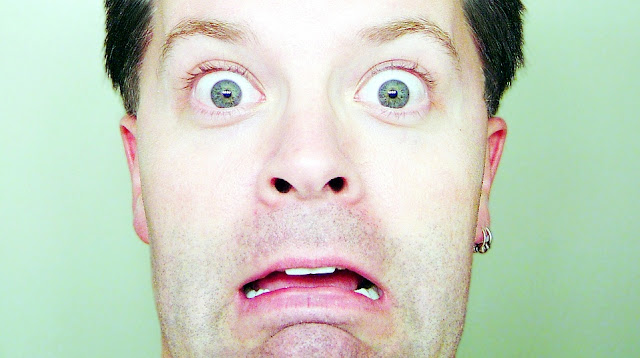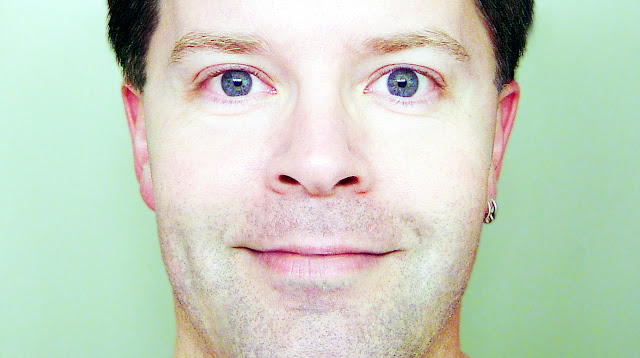If you are afraid of tarantulas due to their poisonous bites and avoiding being too close to it, that is a normal fear and one of your defense mechanisms without which you can hardly survive. But if you are so afraid of even the tiniest spiders that you refuse to get into the kitchen at night just because you can not see them in the dark corners, that might be an acute fear, i.e. phobia. What is a phobia? A phobia is an extreme and unreasonable fear reaction to the extent that can become paralyzing. You will experience a deep sense of terror, and sometimes panic, when you come across the source of your fear that can of a certain place, situation, or object.
The Causes of Phobias
The Causes of Phobias
Genetic and environmental reasons
Children who have a close family member with an anxiety disorder are at risk for developing a phobia.
A response to pressure or following traumatic events
Depressing events can cause a phobia. Being exposed to confined spaces, extreme temperatures, nearly drowning, or an animal or insect bite can be sources of phobias. A phobia can also develop after traumatic brain injuries.
As a natural part of development
Most children go through stages where they are afraid of the dark, of monsters, or such. Those fears are normal and often get left behind as they get older, but they can sometimes persist or become incapacitating.
The Signs and Symptoms of Phobias
- An uncontrollable anxiety upon encountering the source of fear;
- An extreme urge that the source of the fear must be avoided at all costs;
- So overwhelming is the fear that the person is unable to function properly;
- Incapability to control the feeling although the person recognizes that his fear is irrational and exaggerated;
- The physical symptoms may include: rapid speed or inability to speak, sweating, abnormal breathing or panting, faster heartbeat, trembling or shaking, chills, choking sensation, pain in the chest, chest tightness, butterflies in the stomach, pins and needles, confusion and disorientation, upset stomach or nausea, dizziness or lightheadedness, headache, dry mouth, elevated blood perssure, etc.;
- Children may cry, become very dependent, attempt to hide behind a parent's legs or an object, or have tantrums.
The Types of Phobias
Social phobia
A person with social phobia prefers to avoid social situations resulting from extreme shyness or fear of being of being judged by other people. He phobia finds being in social situations such as going to parties, weddings, fairs, or such difficult and unbearable. The fear of being laughed at because of their clothes, voice, or body is so intense that they will avoid social gatherings. The phobia often starts in childhood or teenage years and may be accompanied by other anxiety disorders or despair. Social phobia affects both men and women.
Agoraphobia
A person with agoraphobia is afraid of going into public places, including open spaces and crowds. This phobia affects mostly women. The patient is frightened of finding herself in situations where there is no escape; she fears being stuck in a desperate situation with no help. Agoraphobia may include a fear of traveling on buses or trains, going into large shops or shopping malls. When symptoms are severe, the patient may find it unbearable to even step out of their own home. Sufferers have an 80% risk of also suffering from panic disorder. As with social phobia, crowded and public places are avoided.
Specific (isolated) phobias
This phobia includes many types of extreme fear reactions, including fear of animals (e.g. spiders, snakes, bats, dogs, horses, etc.), fear of environment (e.g., heights, fog, darkeness, water, etc.), situational fear (e.g. enclosed spaces, hospitals, forests, elevators, etc.), fear of injury (potentially dangerous situations, real or imagined, such as fear of flying, being robbed, being touched, poisons, etc.), and other phobias (e.g. fear of loud noises, ideas, lawsuits, cookings, etc.).
Check A Complete Phobia List here.
This phobia includes many types of extreme fear reactions, including fear of animals (e.g. spiders, snakes, bats, dogs, horses, etc.), fear of environment (e.g., heights, fog, darkeness, water, etc.), situational fear (e.g. enclosed spaces, hospitals, forests, elevators, etc.), fear of injury (potentially dangerous situations, real or imagined, such as fear of flying, being robbed, being touched, poisons, etc.), and other phobias (e.g. fear of loud noises, ideas, lawsuits, cookings, etc.).
Check A Complete Phobia List here.
It is important that you seek treatment if you have a phobia. While overcoming phobias is never easy, there is always hope. Acknowledge what your phobia is. And with the correct method of treatment, you will learn to manage and hopefully overcome your fears, and lead a productive, enjoyable life.
***
Via medicalnewstoday medicinenet
Photo: Freeimages.com/Bob Smith
Bagikan
Phobias At A Glance: What Is A Phobia?
4/
5
Oleh
Unknown






